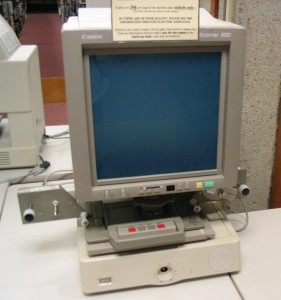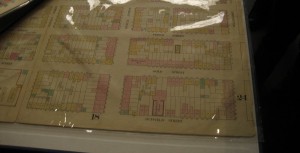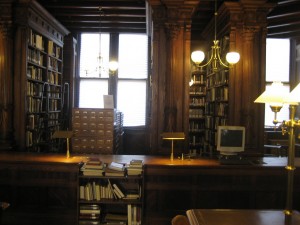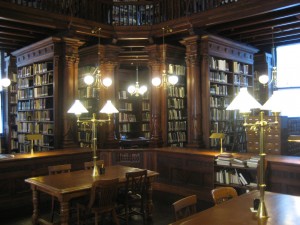Some tips on working with your location
The following quick blogpost is to provide some tips on our location projects. I decided to go to the Brooklyn Historical Society today and start my search on my location (120 Prince Street). The first step I recommend is by starting with your designated year of your location and find it in Atlas Map. It will guide your investigation throughout the day.
For every Atlas map you look at, get the following information:
1. Year plus Volume – It’s important you label your data and notes as things can get confusing very quickly.
2. Your block number
3. The page you found your location
4. The area which can be found in the first couple pages of your Atlas map. Think of it as the Index.
5. Get the cross streets and intersections NEAR your location. This will help your search and when you move to other time periods, you are able to correlate location data.
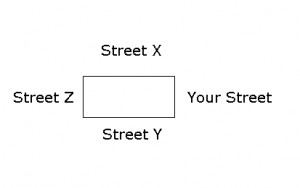
6. Count how many houses from the corners is your location
7. Note the color of the structure which will identify the material
8. How many floors does your structure have?
This is not everything list but this should give you some ideas. I highly recommend drawing a picture or taking a set of photos. My location is weird, my streets were renamed and my block was divided by another street. I am thankful that a Elizabeth helped me put the pieces together.
After you have found your location on all the maps, you should move to the Land Conveyances.
Find out your block number start searching. You may have to refer back to your map data to make some sense of the land conveyances. You should be looking for key information like:
1. A particular buyer or sell that shows up a lot
2. Changes on the structure of your block and the day they occurred.
3. Any Whitman names in the Grantor/Grantee lists. One of our classmates found Whitman’s father which gave him an additional lead.
4. Any landmarks or important buildings
The building numbers may change but you should be using your main location from the Atlas map and try to find the physical location, the number is secondary.There isn’t one way to do this kind of research. Different locations will yield different results but I have to be fairly thorough and methodical in the ways I look for information. As I continue to do my own research, I will post some tips for my classmates. If anyone has any questions, just comment so I can clarify on my post. That way, everyone can benefit. Refer to the “How to do House and Building Research at BHS” handout. I think the key thing is to collect as much relevant data and search through all the different resources available to continue finding leads and piece everything together.
 Comments(2)
Comments(2)
